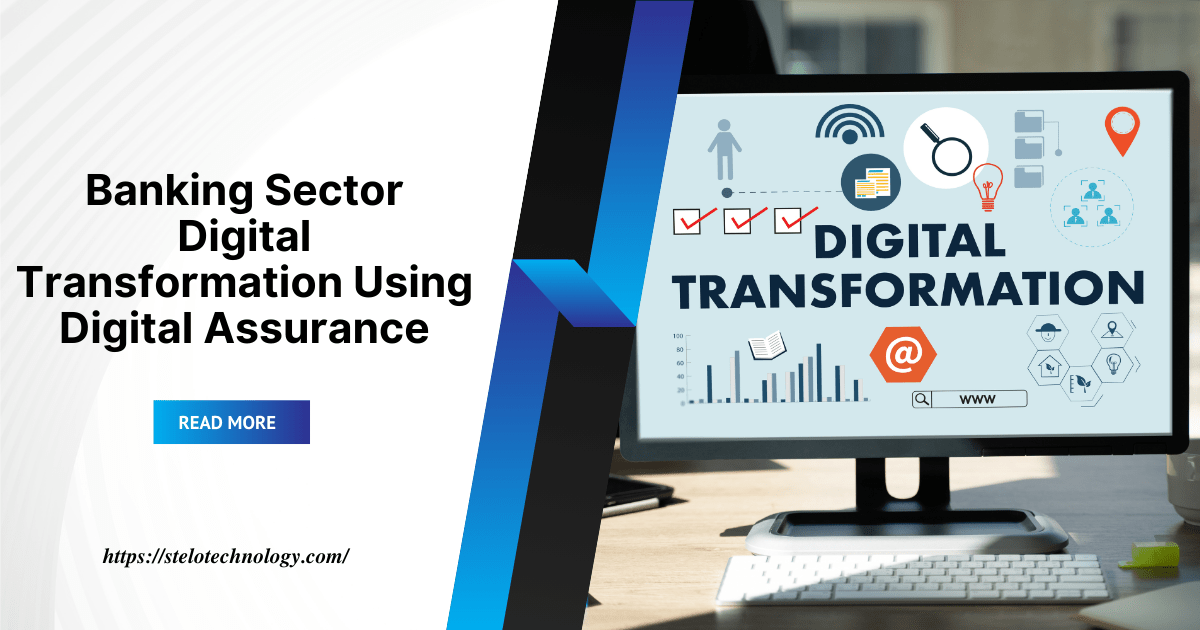With the drive to modernise current technology to support next-generation devices, digital transformation has swept the globe. It wouldn’t be inaccurate to state that the increased desire for cutting-edge technology has caused sectors to grow more eager for change and advancement.
Since the COVID-19 pandemic’s onset, some industries, including the financial sector, have suffered a significant transformation. It doesn’t matter if it’s the emergence of Neo banks or the enormous FinTech industry that encompasses various platforms for banking and financial management. Customers can now swiftly complete transactions, budget finances, and more with just a few clicks!
The current and forward-moving digitization of banks is greatly aided by artificial intelligence (AI).
Digital Transformation Trends in Digital Banking
In the upcoming two years, Banking-as-a-Service (BaaS) will see widespread adoption on a global scale, predicts Gartner. By the end of 2024, the survey expects that 30% of banks with assets of at least $1 billion will choose to use BaaS to earn new revenue.
BaaS is becoming more and more popular among both banks and nonbanks, stressing the need to build the groundwork for direct and indirect revenue sources. The public cloud for banking, social messaging payment apps, and chatbots are a few more technological trends and developments that are expected to gain traction over the coming years.
As most banks are ready to go fully digital, the conversion to a digital banking platform (DBP) is happening concurrently, giving customers access to a tech-rich ecosystem. Furthermore, there is little doubt that the advantages of a DBP are closely related to business optimisation.
Steps to Begin Banking’s Digital Transformation
Leveraging technology to improve customer experiences, reduce processes, and spur innovation is part of the banking sector’s digital transformation. The critical steps in the procedure are listed below:

1. Set a Specific Vision
Set a vision for the digital transformation of your company as a starting point. Focusing on customer-centricity, innovation, and operational efficiency, this should be in line with your entire business objectives.
2. Identify the present state
Completely evaluate the systems, procedures, and technology you now use. To support your goals for the digital transformation, identify the gaps and areas that demand development.
3. Plan your digital strategy
Security and compliance are of the utmost importance for banking organisations since they manage sensitive client data and financial transactions. Testing aids in the evaluation of security precautions and the discovery of gaps or vulnerabilities in digital solutions. Penetration testing, vulnerability assessments, and security audits are proactive ways for organisations to address potential security threats and verify they are adhering to all applicable laws.
4. Performance Enhancement
To handle a large volume of transactions and user interactions, digital solutions in the banking industry must operate at peak efficiency. Organisations can use testing to measure and evaluate the performance of their systems, spot performance hiccups, and improve the solutions’ scalability, responsiveness, and stability. This guarantees that the digital solutions can manage peak loads and provide a flawless user experience.
5. Validation of the User Experience (UX)
The banking industry’s usage of digital technologies benefits from testing that verifies the user experience. User acceptability testing (UAT), user interface (UI) testing, and usability testing all offer insightful criticism on the layout, usability, and overall usability of the solutions. By taking user feedback into account and fixing any usability problems, businesses may improve the UX and increase consumer happiness.
Ready to enhance your software quality and accelerate your time to market? Contact us today at sales@stelotechnology.com to request a customized quote for your business!
6. Integration and Cooperation
Banking organisations frequently use a variety of platforms and systems, all of which must seamlessly interact and communicate with one another. Testing guarantees that the digital solutions seamlessly connect with existing systems, third-party apps, and external interfaces. Organisations can prevent data inconsistencies, operational hiccups, and unhappy customers by validating interoperability.
7. Ongoing development
Testing is a continual process rather than a one-time event. Establishing a solid testing framework and putting continuous testing procedures into practise would allow organisations to keep an eye on the performance, security, and usability of their digital products. This enables them to spot potential areas for improvement, put new ideas into practise, and promote ongoing innovation and optimisation throughout the process of digital transformation.


